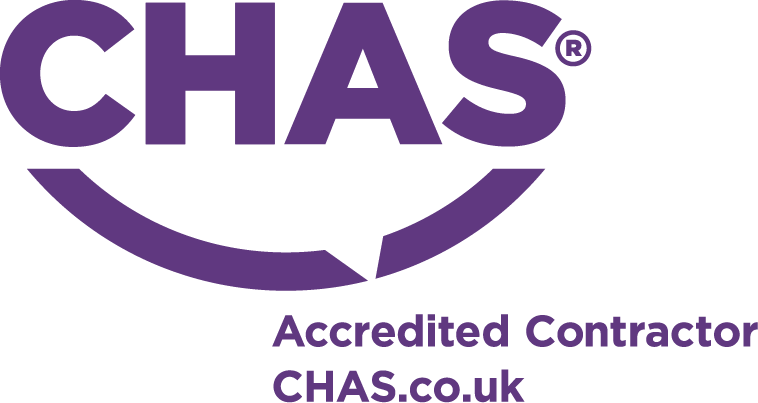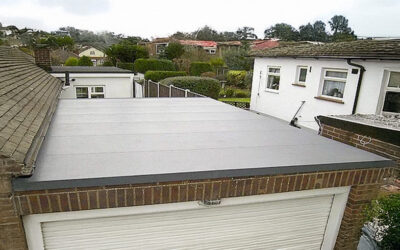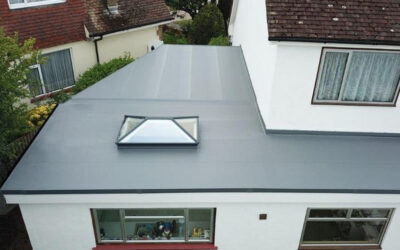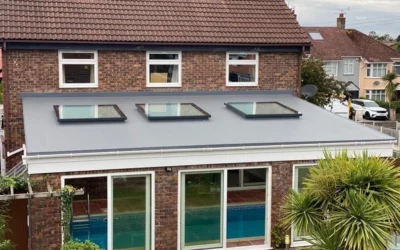6 tips regarding insuring your flat roof
Six things you need to know about obtaining insurance for your flat roof.
Many modern flat roofing systems offer insurance-backed guarantees which protect your investment for a lifetime.
However, if your flat roof was built using traditional materials and is approaching its expiry date, securing insurance might be more difficult.
Most traditional flat roofs are made of mineral felt or asphalt which have a maximum lifespan of between ten and 15 years. These types of flat roofs have gained a negative reputation within the insurance industry because of their propensity to leak or become damaged through pooling water.
Since the arrival of more durable materials using plastics and rubber, flat roofs have lasted much longer than their contemporaries and have required less maintenance.
If you are looking to secure independent insurance for your flat roof then the following points should be considered:
- Your insurer is likely to ask you how much percentage of your existing roof is flat, how old the roof is and when exactly it was last maintained.
- You are unlikely to be provided with cover for roofs which have not been regularly maintained. Your insurer will specify the regularity of the maintenance required and many require written records or documents of this work. In the event of a claim, you will have to present these to support your case.
- Your insurer is unlikely to cover loss or damage from a leak of water through your felt roof unless it falls within an insured event.
- Regardless of the clauses contained within your building insurance, it is highly advisable to have your mineral felt roof checked by a professional roofing specialist every two years to keep on top of any problems. Ignoring wear and tear will only lead to bigger problems in the future.
- Drainage is a frequent problem of mineral felt flat roofs. Homeowners can contribute to upkeep by ensuring all guttering is free of debris and fallen leaves to promote proper drainage.
- Never guess the size of your flat roof when responding to an insurance company. Insurance companies assess risk differently depending on the size of your flat roof and an inaccurate estimate could result in your policy being void.
- Always check the terms and conditions of your insurance to ensure you’re happy with the cover you’ve been offered. If you’re in any doubt, forward your documents to your solicitor to read over.
We hope you found this article on ‘Six things you need to know about obtaining insurance for your flat roof’ useful. If you would like to contact us by calling us today or you can request a FREE SAMPLE




















